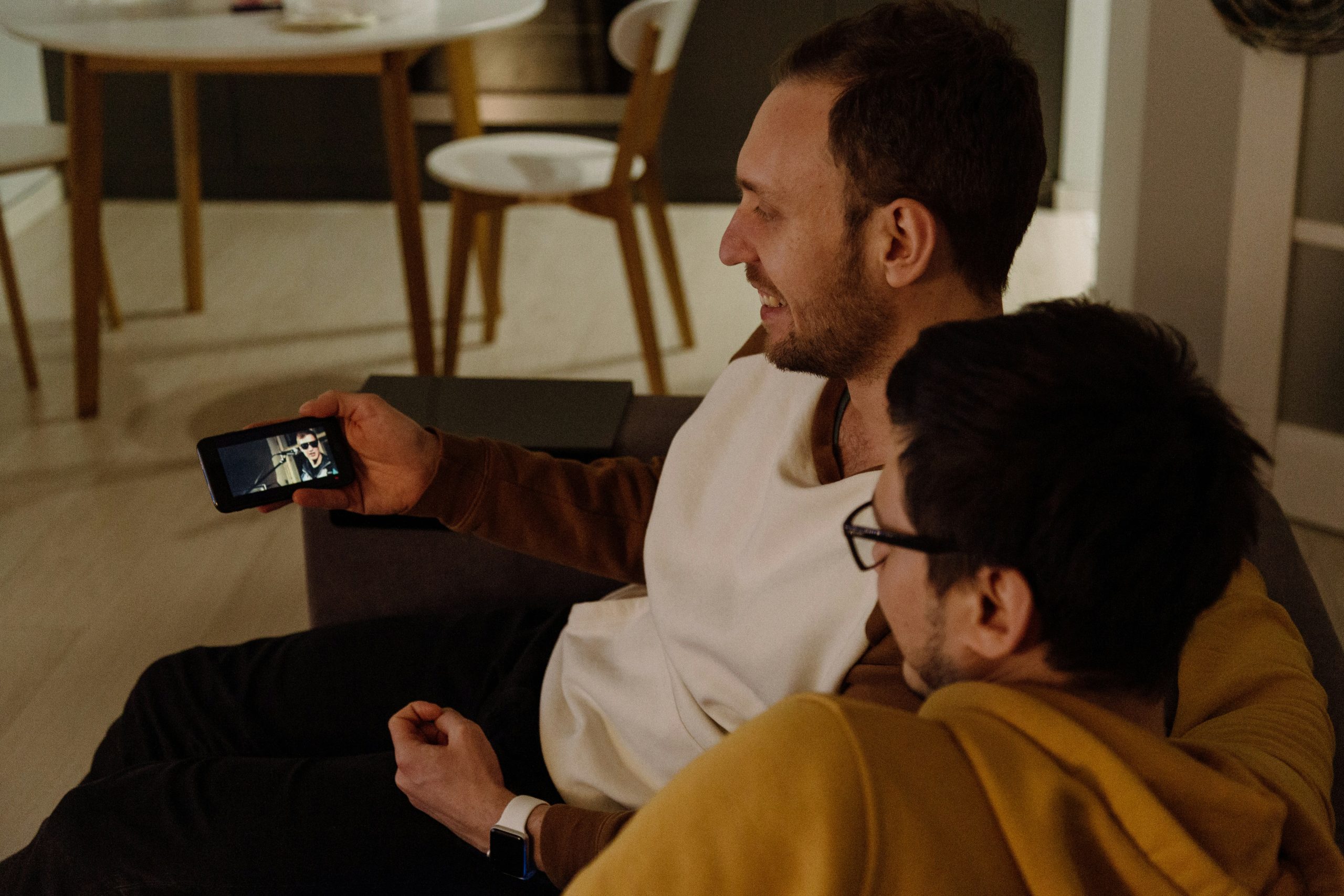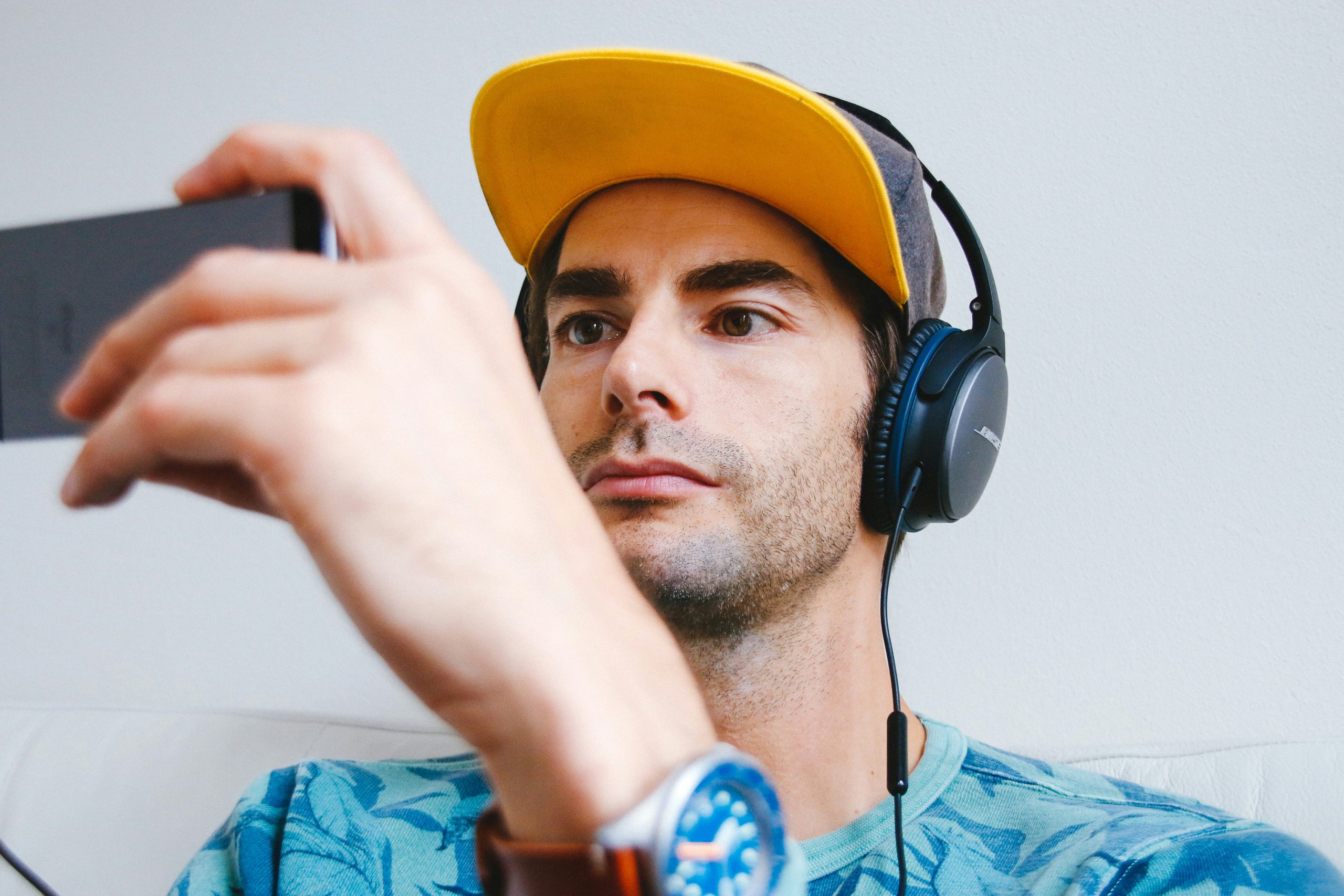Gone are the days when watching TV meant being tethered to a physical screen or limited by scheduled broadcasts. With mobile TV on a phone, you hold the key to a personalized entertainment hub that caters to your every whim and fancy. Whether you’re commuting to work, waiting in line at the grocery store, or simply lounging at home, your smartphone transforms into a portable TV set that brings limitless content right to your fingertips. Join us as we delve into this innovative phenomenon and explore how mobile TV is shaping the future of entertainment consumption in an ever-evolving digital landscape.
Contents
History: Evolution of mobile TV technology
While mobile TV technology may seem like a modern innovation, its roots can be traced back to the early 2000s when companies began experimenting with delivering television content to mobile devices. The first iterations were limited by slow internet speeds and small screens, making the viewing experience less than ideal. However, as technology advanced, so did mobile TV capabilities, allowing for higher resolution streaming and a wider range of content options.
One significant milestone in the evolution of mobile TV was the introduction of dedicated apps and services that optimized viewing for smartphones and tablets. This shift towards on-demand and personalized content revolutionized how people consumed television on the go. Additionally, advancements in network infrastructure such as 4G and now 5G have further enhanced the streaming quality and reliability of mobile TV services. As we look ahead to the future, developments in augmented reality (AR) and virtual reality (VR) are poised to take mobile TV technology to new heights by offering immersive viewing experiences unlike anything seen before.

How it works: Streaming and live TV options
Streaming and live TV options have revolutionized the way we consume entertainment on our mobile devices. With streaming services like Netflix, Hulu, and Amazon Prime Video, users have access to a vast library of content at their fingertips. The convenience of being able to watch TV shows and movies on the go has made these platforms immensely popular.
Moreover, live TV options provide viewers with real-time access to broadcasts, news updates, sports events, and more. Services like YouTube TV and Sling TV offer subscribers the ability to stream live channels directly to their phones. This allows users to stay connected while away from home and never miss out on their favorite programs or live events. The seamless integration of streaming and live TV options has blurred the lines between traditional television viewing and mobile entertainment consumption.
Benefits: Convenience, on-the-go entertainment
When it comes to mobile TV on a phone, one of the most appealing benefits is convenience. No longer are we tied to our living rooms or designated TVs to catch our favorite shows or movies. With mobile TV, entertainment is literally at our fingertips wherever we go. This means making the most of those dull moments during commutes, waiting in line, or even during lunch breaks.
On-the-go entertainment has become an essential part of our daily lives, and mobile TV caters perfectly to this need. Whether you’re travelling for work or leisure, having access to your favorite shows can make long journeys more enjoyable and less tedious. It also provides a sense of escapism from the mundane realities of everyday life, allowing people to unwind and relax whenever they choose without being confined by traditional viewing schedules.

Challenges: Data usage, network connection issues
One fundamental aspect of enjoying mobile TV on a phone is dealing with the inevitable challenges that come with data usage and network connection issues. As streaming high-quality videos consumes a significant amount of data, users often find themselves constantly monitoring their data usage to avoid exceeding their limits and incurring additional charges. This challenge becomes even more pronounced in areas with poor network connectivity, leading to frustrating interruptions during streaming sessions.
Despite advancements in technology, such as 5G networks promising faster speeds and better reliability, there are still instances where network connections falter, causing buffering delays or sudden disconnections while watching mobile TV. These disruptions not only disrupt the viewing experience but also highlight the ongoing struggle between the demand for seamless streaming and the limitations of current infrastructure. To address these challenges effectively, both users and service providers need to collaborate on optimizing data management strategies and improving network capabilities for a smoother mobile TV experience.
Popular apps: Examples of mobile TV platforms
Mobile TV platforms have revolutionized the way we consume television content, offering on-the-go entertainment at our fingertips. One popular app in this space is Hulu, known for its extensive collection of TV shows, movies, and original content. Its user-friendly interface and personalized recommendations make it a go-to platform for many viewers seeking diverse entertainment options.
Another key player in the mobile TV landscape is Sling TV. This app offers live streaming of popular channels, allowing users to watch their favorite shows as they air in real-time. With customizable channel packages and the flexibility to watch on multiple devices, Sling TV caters to a wide range of viewing preferences. These mobile TV platforms not only provide convenience but also cater to the evolving habits of modern audiences who seek flexible and personalized viewing experiences on their smartphones.

Conclusion: Future potential and impact on media
As technology continues to advance at a rapid pace, the future potential of mobile TV on phones is promising. With the emergence of 5G networks, improved video streaming capabilities, and enhanced screen resolutions, mobile TV is set to become even more immersive and convenient for users. This could lead to a significant shift in how media content is consumed, with more people opting for on-the-go entertainment experiences.
The impact of mobile TV on traditional media cannot be understated. As smartphone usage continues to rise globally, traditional TV broadcasters may need to adapt their strategies to cater to the changing preferences of consumers. Additionally, the rise of mobile-only content creators and platforms could potentially disrupt the traditional media landscape further. Overall, the future of mobile TV on phones has the potential to revolutionize the way we consume media and shape the future of entertainment as we know it.



Comments (No)